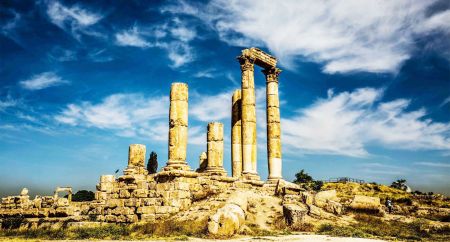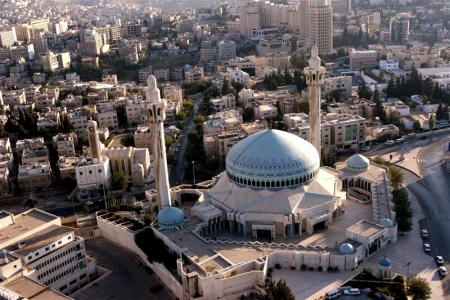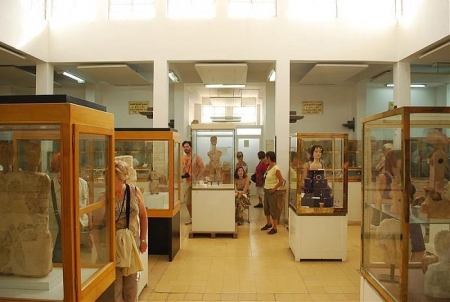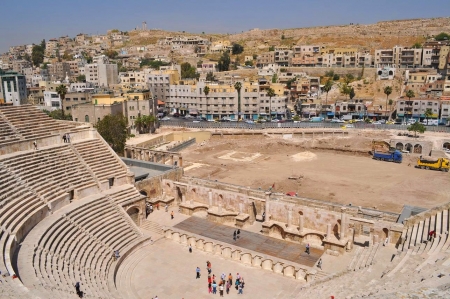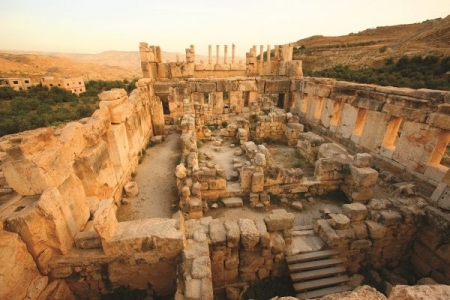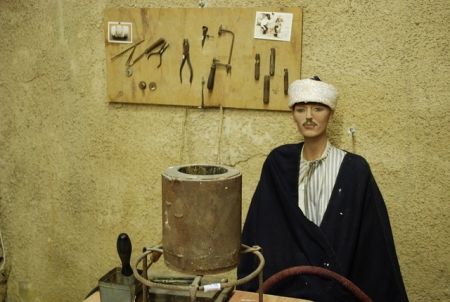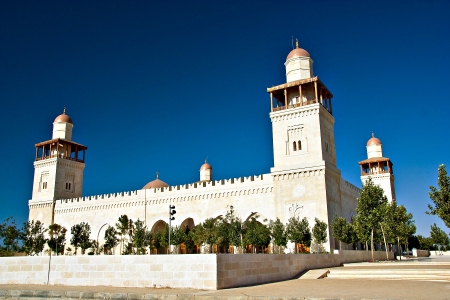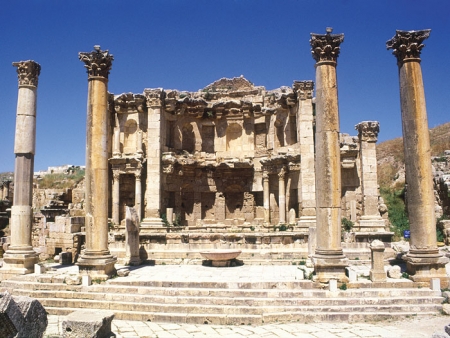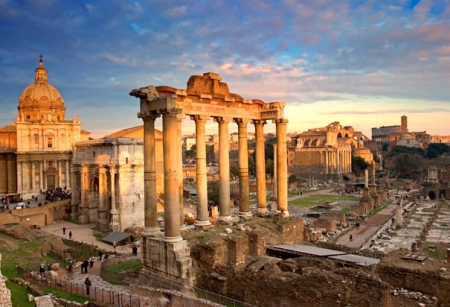Amman Citadel
Amman Citadel: Located on a hill, it not only gives visitors a perspective of the city’s incredible history but also provides stunning views of the entire area. Know More!

Nestled in the heart of Jordan's bustling capital, the Amman Citadel also previously known as Rabbath Ammon stands as a testament to the city's rich and diverse history. Perched on Jebel Al Qala'a, the highest hill in Amman, this captivating archaeological site offers a glimpse into civilizations dating back to the Bronze Age. From the soaring columns of the Roman Temple of Hercules to the impressive remnants of the Umayyad Palace, the Citadel of Amman invites visitors on a journey through time. This article aims to guide you through this historical treasure, one of the top places to visit in Amman.
The Citadel's Historic Significance
The Amman Citadel's strategic location on Jebel Al Qala'a, one of the seven hills that originally constituted Amman, bears witness to the site's historic significance. Archaeological evidence suggests that the site has been continuously inhabited since the Neolithic period, making it one of the world's oldest continuously inhabited places.
The Citadel's long history of occupation includes several great civilizations. The hill was fortified during the Bronze Age and later became the capital of the Kingdom of Ammon. Subsequent empires that left their mark on the Citadel include the Neo-Assyrian Empire, the Neo-Babylonian Empire, the Ptolemies, the Seleucids, the Romans, the Byzantines, and the Umayyads.
Despite periods of decline, the Citadel remains an important archaeological site. Its structures, tombs, arches, walls, and stairs bear the footprints of the civilizations that once thrived there, offering a rich tapestry of history to explore.
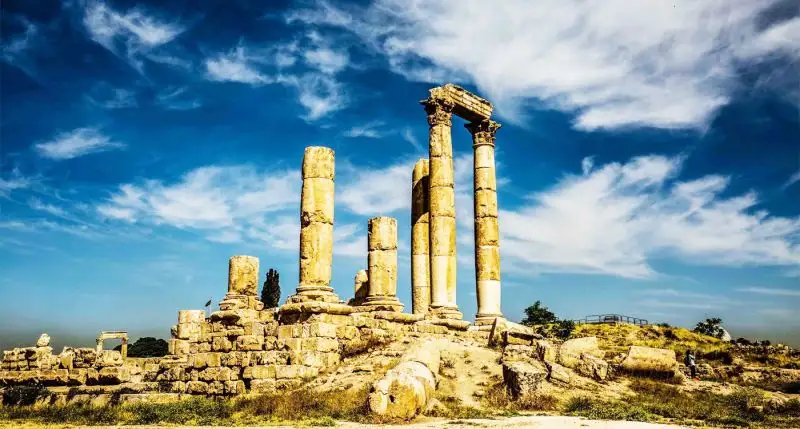
The Journey Begins: The Citadel's Entrances
The journey to the Citadel is an adventure in itself. Whether you choose to brave the steep climb on foot or opt for a more leisurely taxi ride, the route to the summit is a winding path through the city's history. From the Citadel's entrance, marked by the ticket office, the ancient city unfolds before your eyes. A network of paths and steps leads from the entrance to the various historical structures that populate the hill.
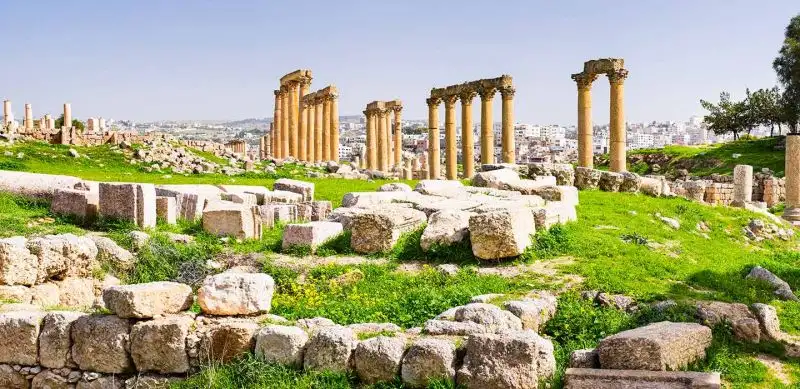
Customize Your Dream Vacation!
Get in touch with our local experts for an unforgettable journey.
Plan Your TripThe Temple of Hercules: A Monument to Roman Grandeur
Among the most striking sights in the Amman Citadel is the Temple of Hercules. Constructed during the reign of Roman Emperor Marcus Aurelius, this monumental structure once dwarfed many of Rome's temples. Today, the Temple's remains include parts of the podium and several towering columns, visible from various points across the city.
However, the Temple's most intriguing remnant lies not in its architecture but in its sculpture. A large stone hand, believed to be part of a colossal statue of Hercules, rests near the Temple's ruins. This hand, a symbol of Hercules's legendary strength, hints at the scale of the statue that once stood there. According to archaeologists, the Statue of Hercules could have stood up to 13 meters high, making it one of the largest known marble statues of the ancient world.
The Umayyad Palace: A Glimpse into Early Islamic Architecture
Adjacent to the Temple of Hercules, the Umayyad Palace offers a fascinating insight into early Islamic architecture. Built during the Umayyad period in the 8th century, the palace complex includes a domed audience hall, a mosque, and a large water cistern.
The palace, believed to have served as the residence of an Umayyad official, showcases the influence of Byzantine architectural patterns. The entrance hall, for instance, is built in the shape of a Greek cross. The mosque, on the other hand, exhibits a Persian-style apadana hall, characterized by a forest of columns.
Despite the palace's later decline under Ayyubid rule, the Umayyad Palace remains one of the best-preserved structures at the site, offering a remarkable glimpse into the grandeur of early Islamic architecture.
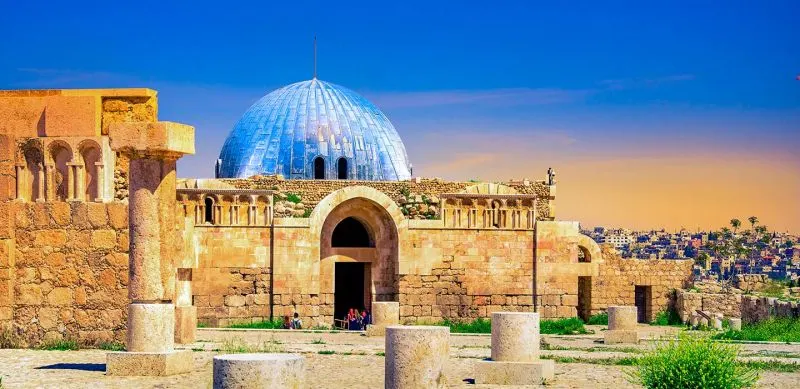
The Byzantine Church: Echoes of Early Christianity
In the shadow of the Umayyad Palace and the Temple of Hercules, the remnants of a 6th-century Byzantine church reflect the religious diversity of the Citadel's past inhabitants. Today, the church's ruins consist of several pillars, a floor plan, and fragments of intricate mosaics. These remnants, though modest, attest to the site's significance in the history of early Christianity in the region.
The Jordan Archaeological Museum: A Treasure Trove of History
The Jordan Archaeological Museum, built on the hill in 1951, houses a collection of artifacts from the Citadel and other Jordanian historic sites. From pottery shards and sculptures to the Ain Ghazal Statues, the museum offers a comprehensive overview of the country's archaeological heritage. To fully appreciate the richness of the Citadel's history, a visit to the museum is a must.
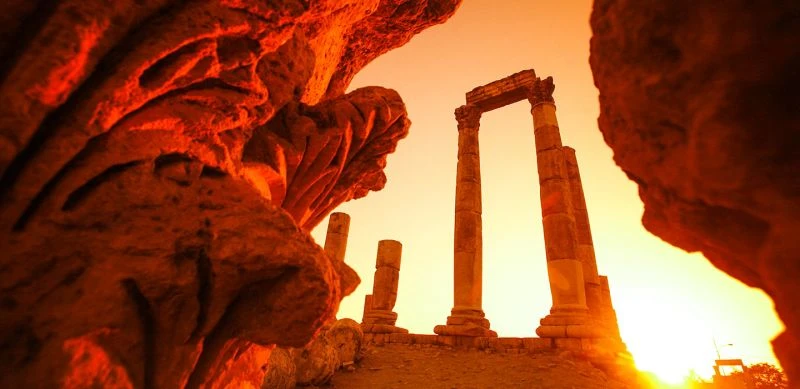
Other Noteworthy Structures
Beyond the major landmarks, the Amman Citadel houses several other noteworthy structures. The Citadel's fortification walls, for instance, enclose the heart of the site, their impressive length and construction testifying to the strategic importance of the hill.
Meanwhile, the Umayyad Cistern, adjacent to the palace, once supplied water to the palace and surrounding areas. The cistern's large circular hole, with steps leading down to the bottom, offers a glimpse into the ingenious water management systems of the Umayyad period.
Finally, the Citadel also hosts an Early Bronze Age cave, which offers a fascinating look into the burial customs of the time. This cave houses a series of rock-cut tombs, revealing the site's long history of inhabitation.
The Citadel's Role in Tourism and Preservation
Since the mid-1990s, the Jordanian Ministry of Tourism and Antiquities has worked in partnership with the United States Agency for International Development (USAID) to conserve and restore the Citadel. This initiative aims to enhance the site's value for tourists while preserving its historical and cultural significance.
Today, the Amman Citadel is a key tourist attraction, drawing visitors from around the globe. Its impressive structures, panoramic city views, and rich history make it a must-see destination for anyone visiting Jordan.
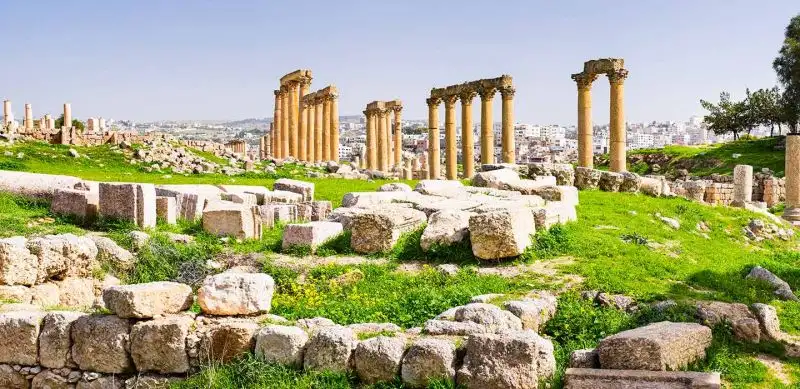
Visiting the Amman Citadel: Practical Information
The Amman Citadel is open to the public from Saturday to Thursday, with varying opening hours depending on the season. Admission costs 2JD, although the entrance is free with the Jordan Pass.
The Citadel is conveniently located in the downtown area of Amman, making it easily accessible from the city center. Visitors can either walk up to the Citadel, enjoying the city views along the way or take a taxi ride up the hill.
For those wishing to delve deeper into the Citadel's history, multilingual, fully licensed guides are often available near the ticket office. However, even without a guide, the Amman Citadel offers an unforgettable journey into Jordan's ancient and diverse heritage.
The Amman Citadel is more than just a collection of ancient ruins; it is a window into the rich tapestry of human history that has unfolded in this part of the world. From the colossal hand of Hercules to the elegant arches of the Umayyad Palace, every corner of the Citadel tells a fascinating story. So, whether you're a history buff, an architecture enthusiast, or simply a curious traveler, the Citadel of Amman promises a memorable and enriching experience. As you walk its ancient paths, climb its timeless steps, and explore its historic structures, you'll be stepping into a narrative that spans millennia, journeying through the rise and fall of great civilizations, and experiencing the enduring allure of Jordan's cultural heritage.
Get Ready to visit Amman Citadel and Book Your Jordan Trip Now!!


